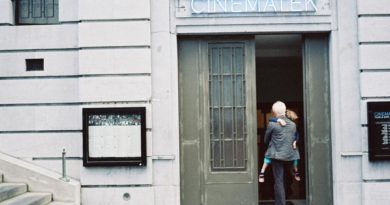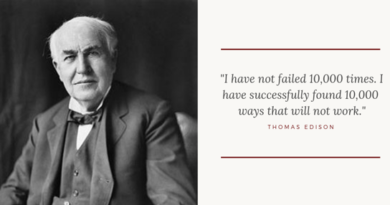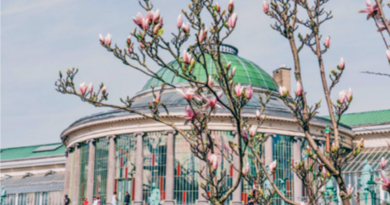A walk in the Flemish countryside: Visiting the House of Herman Teirlinck
After the rain the Flemish soil shimmers with fragments of light, myriads of tiny droplets being breathed in by the earth, alive, it exhales a soft moan of relief. The train trundles away and I walk up a hill in the town of Beersel, in Brabant, south west of Brussels. I gaze at it for a moment as the last car disappears behind the foliage trembling in the wind. I’m here to meet cultural manager, Sigrid Bousset, who will guide me into the scenic path of Flemish literary history. After climbing Lotsestraat I turn right and walk for a couple of minutes in silence. No barking dogs, no mowers or motorized scooters. No soul is to be found.
A few meters ahead, on Uwenberg 16 stands the villa where on the 9th of October, 1936, the novelist and playwright Herman Teirlinck moved in with his family. In the garden I find Sigrid, who smiles and waves at me good morning. “Come, let me show you the writers’ terrace,” she says.
The two-story house overlooks the valley of the Senne river and beyond, tall lazy windmills spinning their turbines far into the distance; the reddish-brown walls of the castle of Beersel is visible amid the branches of the ash trees. “Not only the house is protected and considered a heritage site, but also the garden,” explains Sigrid, as we walk down the slope towards the writers’ terrace. “Here he would sit with his friends and drink a glass or two of Lambic or Geuze beer, which as you know, are brewed precisely in this area.”
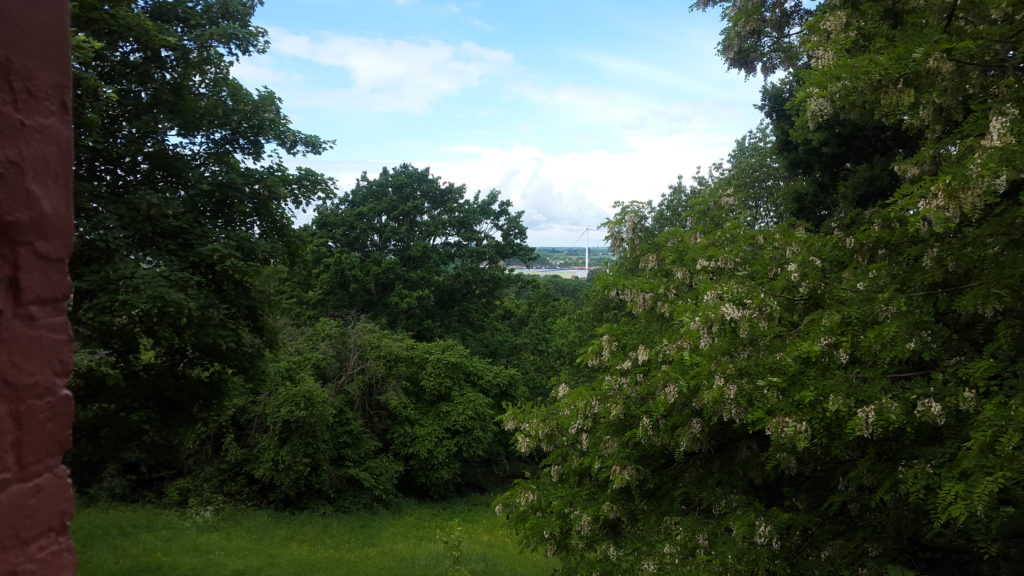
The view is stunning, a large canvas painted by Bruegel. For a moment I imagine Herman Teirlinck sitting here, his feet propped up on a chair, dashing off his thoughts in a scrapbook, a glass of cold beer close to his lips. “He formed the Mijol Club,” says Sigrid. “A club where artists and decision makers would meet and discuss topics of importance. They used to gather here and also at the restaurant down the street, the 3 Fonteinen. It still exists.”
The conception of the Villa was Teirlinck’s, but he also benefited from advice by world-famous designer, Henry Van de Velde, who by then had become part of the extended family – his son, Tijl, had married Herman’s daughter, Nele. It was in this house that Teirlinck penned many of his masterpieces, including Zelfportrait of Het galgemaal, Het ivoren aapje, Bij mijn venster, among others. “I studied Zelfportrait of het galgemaal at university but my favorite is the collection of essays, Ode aan mijn hand,” says Sigrid.
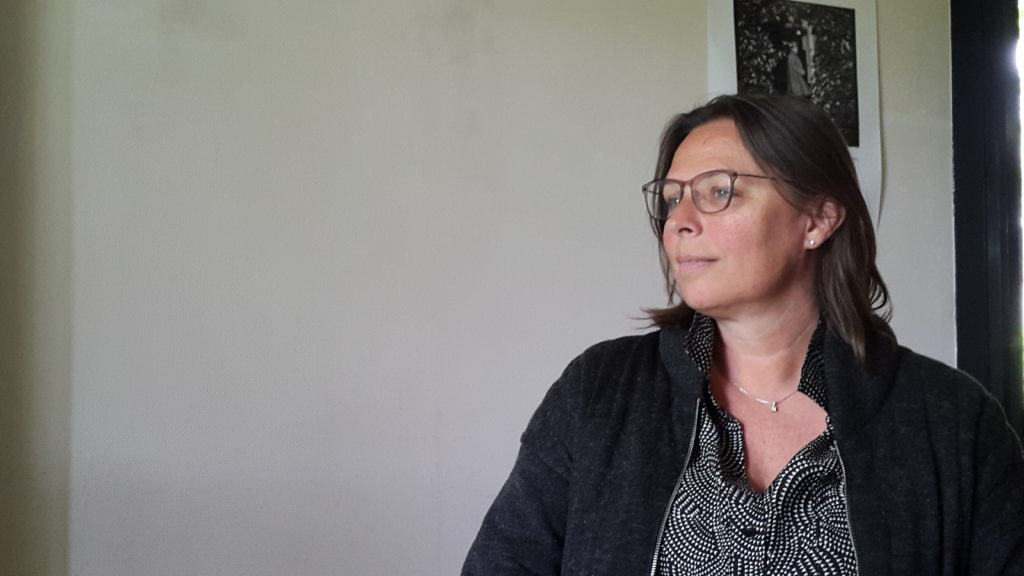
After Teirlinck’s death in 1967, the house was rented out to the municipality of Beersel and it functioned as a museum, becoming a space where a lot of cultural activities took place. The museum remained open until 2013, a time when the authorities decided to sell the property. The decision was met with discomfort among the community of writers and performing artists and they expressed concern over the fact that the house might no longer be the cultural center it once was. “I used to come here as a child,” recalls Sigrid. “My father taught Teirlinck’s works at university, back when the Catholic University of Leuven had a campus in Simonis. For us, as well as for many people in Belgium, this house has a lot of significance.”
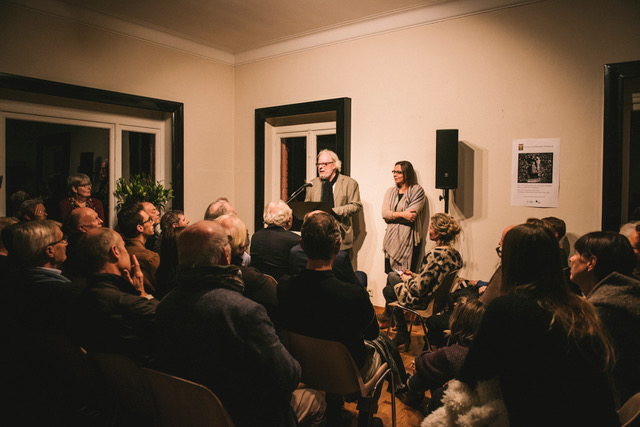
Together with Hugo de Greef, the creator of Kaaitheater in Brussels, Sigrid founded a not-for-profit organization (ASBL/VZW) with the aim of keeping the house as a cultural center for future generations. The financial investment required to maintain the house was substantial and they had to find sources of funding, which eventually came in the form of support from arts-sponsor Gino Coorevits, as well as from the Culture and Immovable Heritage Agency of Flanders (Onroerend Erfgoed). All of this was only possible thanks to Sigrid’s and Hugo’s relentless efforts and vision, which is already bearing fruit: the process of restoring the Villa back to its heyday has begun.
Since the end of 2017, the Herman Teirlinck House has hosted a series of literary events with well-known Belgian actors who have read not only from the works of Teirlinck, but also other contemporaries of his, such as Marguerite Yourcenar, Maurice Maeterlinck, and Stijn Streuvels, to name a few.
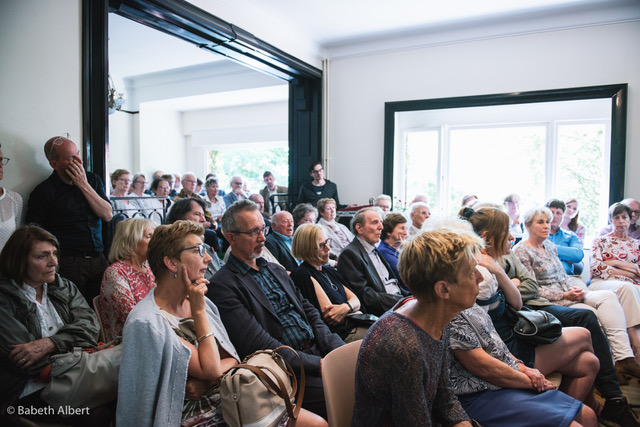
“It is a pleasure for both the audience and the actors,” says Sigrid. “For the audience is a moment of joy to sit and enjoy the musicality of the texts. Most of them probably haven’t been read to since they were children. And the actors are so excited. It’s an opportunity for them to get reacquainted with the work they have studied and practiced.” Herman Teirlinck was not only an accomplished novelist and essayist, but also a pioneer in the field of performing arts. In 1946, he created the Studio of National Theater in Antwerp, which later became known as the Studio Herman Teirlinck; he was also director of the Ter Kameren/La Cambre school in Brussels until 1950. He was the founder and director of the Nieuw Vlaams Tijdschrift, and his advice was sought after by the Belgian Monarchy, namely by Albert I, Leopold III, and Baldwin.
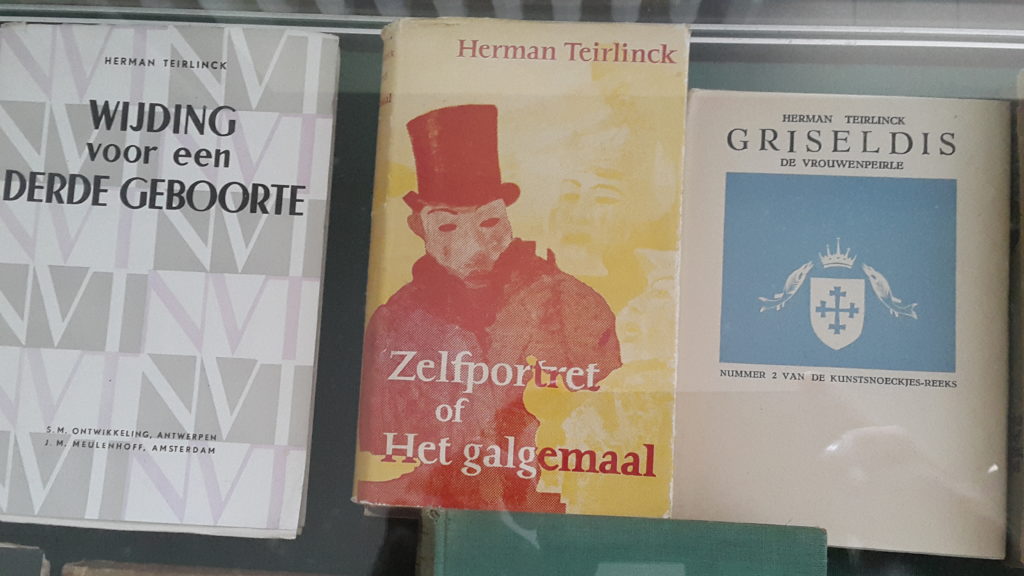
Besides being a venue for literary events, the second floor of the Teirlinck house will be used in the future as a residence for writers and performing artists.
We are seated at a table in what I imagine was the dining room where Teirlinck would entertain guests until late at night, bringing bottle after bottle from his cellar, stepping outside to light a cigarette and watch the moon in the horizon. I’m taking notes of my impressions when Sigrid points at something across from her. “Do you see that lectern? It was made by sculptor Koenraad Tinel, he created it for us. It is very special for us to have it here and use it during our readings.” A book entitled, Liberated at last (2013), describes Tinel’s long-time friendship with Holocaust survivor, Simon Gronowski.
As I prepare to take my leave, Sigrid mentions one more of Herman Teirlinck’s legacies: The Arkprijs van het Vrije Woord (Ark Prize of the Free Word), which was created in 1951 under Teirlinck’s oversight to reward those who dare stand for the rights of freedom of expression. This year the award winners are Anuna De Wever and Kyra Gantois, for their joint efforts in creating the Youth For Climate initiative. The ceremony this year is to take place in Antwerp, in a Gallery called De Zwarte Panter. “But the idea is that from next year on the ceremony happens right here,” says Sigrid. “The house where Herman lived.”
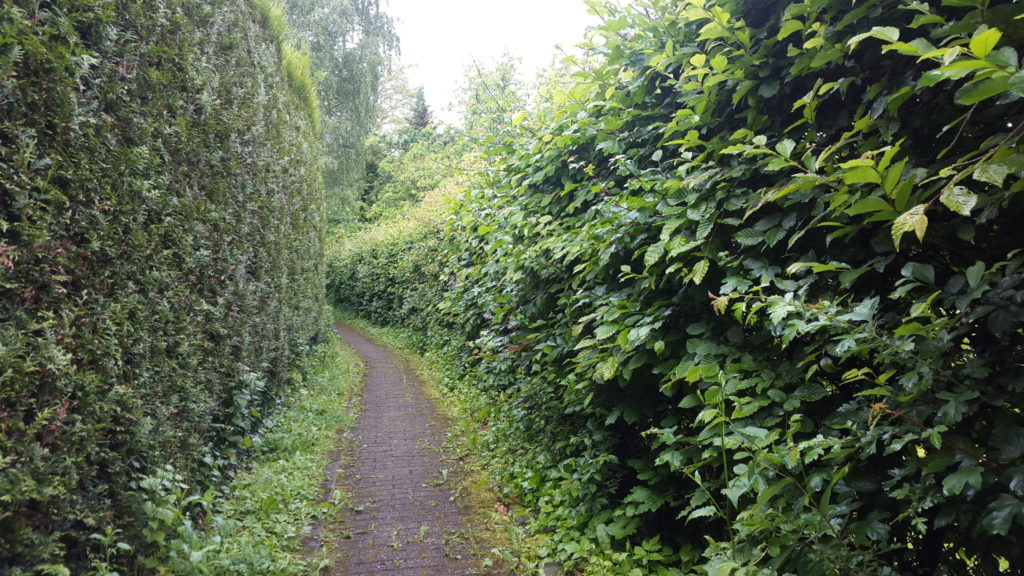
More information about the House of Herman Teirlinck available here

